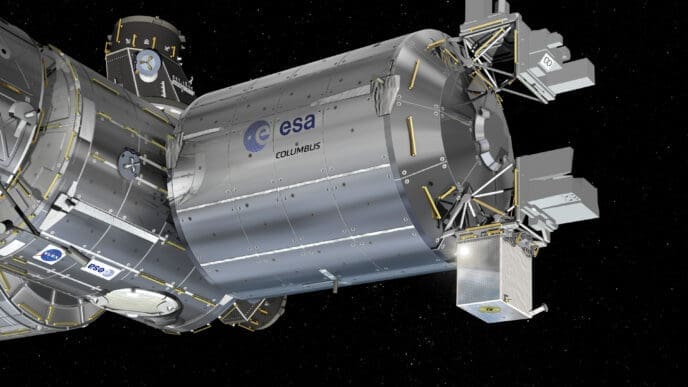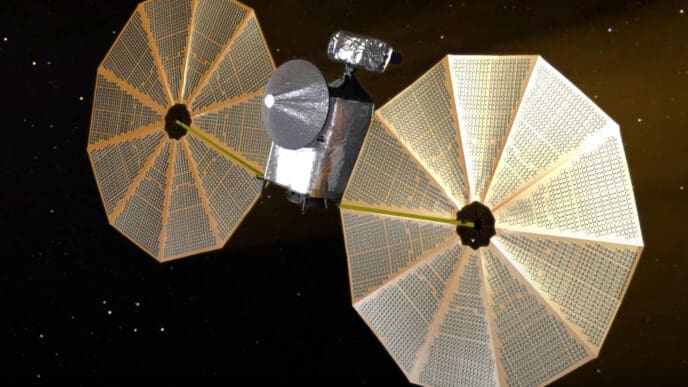The NASA/ESA Hubble Space Telescope has provided a striking image of NGC 1637, a spiral galaxy situated 38 million light-years away in the constellation Eridanus.
The captured image of NGC 1637 is part of a broader research initiative focused on understanding star formation in nearby galaxies. In these galaxies, stars are born in cold, dusty gas clouds that collapse under their own gravity. During their early stages, young stars emit starlight, winds, and outflows, heating their surrounding environment and influencing the conditions for subsequent star formation.
Notably, NGC 1637’s spiral arms reveal pockets of pink clouds, each containing bright blue stars. The pink hue results from hydrogen atoms excited by ultraviolet light from young, massive stars, contrasting sharply with the warm yellow glow of the galaxy’s center, where older, redder stars reside.
These massive young stars, however, have relatively short lifespans. Many will explode as supernovae within a few million years of their formation. An example of this phenomenon was observed in 1999 when NGC 1637 hosted the supernova SN 1999EM, the brightest of that year. Such cosmic events are significant, as a supernova’s explosive force can outshine its entire galaxy temporarily, and its shockwaves can trigger the formation of new stars by compressing surrounding gas clouds.
This cycle of star birth and death underscores the dynamic nature of galaxies like NGC 1637. The study of such galaxies continues to shed light on the processes that govern the universe’s evolution.
The image of NGC 1637 captured by Hubble enables astronomers to explore star formation processes, offering insights into the life cycles of galaxies.
Source: Science.nasa ˙ Youtube












